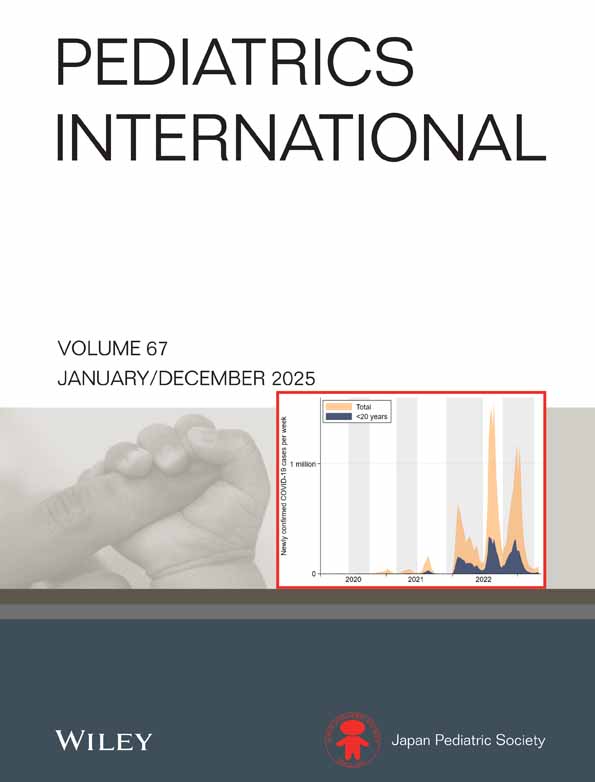A boy with atrophic thyroiditis of prepubertal onset, who was positive for TSH-binding inhibitor immunoglobulins
Abstract
A 12 year old boy was admitted to our hospital because of short stature. From the age of 7, his growth velocity decreased and he manifested intolerance to low temperatures, hoarseness, dry skin, and slowness of thought and physical movement. On admission, his height was 129.8 cm (-3 s.d.) and his body weight was 43.2kg (-0.5 s.d.). His clinical features also included relaxation phase of tendon reflexes, periorbital puffiness and cold skin but no struma. His bone age was 9 years. His serum thyroxine (T4), tri-iodothyronine (T3), free T4 and free T3 were low, while his thyrotropin was high. He was positive for antithyroglobulin antibodies, antimicrosomal antibodies, and TSH-binding inhibitor immunoglobulins. He was diagnosed as having atrophic thyroiditis. We also determined the HLA haplotypes of his family members. His father's HLA haplotypes were A2, BW61(a) and A24, BW52(b), while his mother's haplotypes were A24, BW52(c) and A30, BW61(d). The HLA haplotypes of both the patient and his younger brother showed a and d, while the patient's elder brother's HLA haplotypes showed b and c. His family members all had normal thyroid function, but his father was positive for antimicrosomal antibodies. In summary, we describe a rare case where the onset of hypothyroidism was prepubertal, where the pathogenesis may have involved TSH-receptor blocking antibodies, and where the inheritance of the disease may have been from the paternal side of the family.




